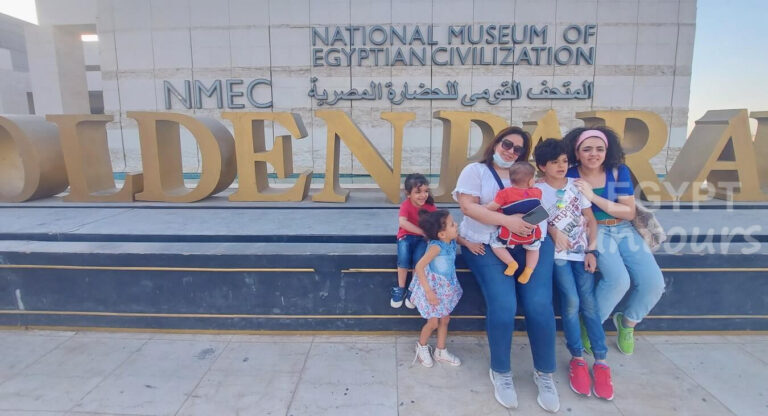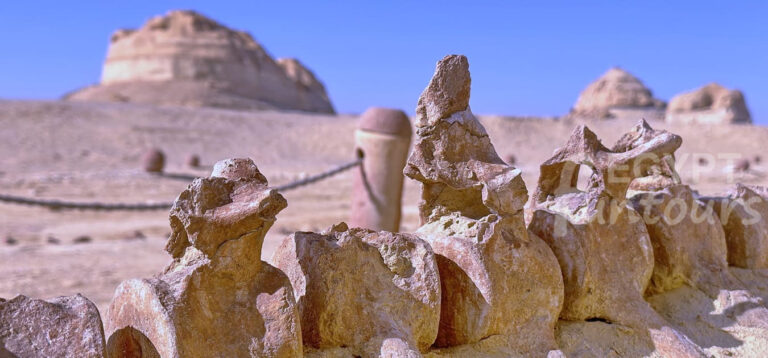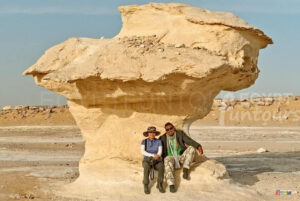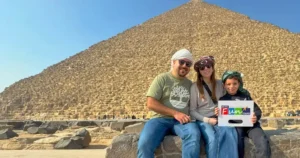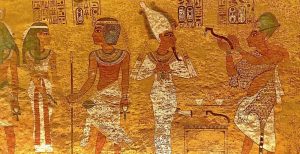The Eye of Ra
People often confuse the Eye of Ra with the Eye of Horus because both represent Horus’s eyes, but they have distinct meanings. The Eye of Ra represents the solar god Ra’s feminine counterpart and a force that subdues his enemies. The Eye of Horus (Udjat or Wedjat Eye) symbolizes healing and protection. Associated with the goddess Wadjet, it was a popular amulet motif from the Old Kingdom through the Roman Empire. During the First Intermediate and Middle Kingdoms, people painted pairs of these eyes on coffins for protection in the afterlife.
The Roles of Horus and Ra in Ancient Egyptian Religion

Ra: The Sun and Creation God
Meanwhile, the ancient Egyptians considered Ra the king of the deities and the father of all creation, as well as the patron of the sun, heaven, kingship, power, and light. He not only governed the sun’s actions but could also be the physical sun itself and the day. Ra became one of the most important gods in ancient Egyptian religion by the Fifth Dynasty in the 25th and 24th centuries BC. As the creator god, Ra held a position of supreme power, and people often depicted him with a sun disk above his head.
Horus: The Sky and Kingship God
Horus was one of ancient Egypt’s most significant deities, and he served many representations and functions. People knew him as the god of the sky and kingship. They honored and worshiped him from the late prehistoric period up until Roman Egypt and the Ptolemaic Kingdom. As a central figure in Egyptian mythology, Horus was often depicted as a falcon or a man with a falcon’s head. He embodied both the heavens and the divine right of kings.
The Significance of the Eye of Ra
The sun gave life, light, and warmth to ancient Egyptians. Because of this, they worshipped it as a god, Ra. They regarded Ra as the king and father of all gods, and he served as Egypt’s main deity from around 2700 BCE. People commonly symbolized Ra with a golden disk. In human form, they depicted him as a man with a hawk’s head.
The Eye of Ra is an extension of Ra’s power. It often acted as a separate deity associated with goddesses like Hathor and Sekhmet. This goddess served as Ra’s mother, sibling, companion, and daughter. This symbolic representation helps us understand the profound connection Egyptians had between the sun’s life-giving properties and the multifaceted deity of Ra.
Protective and Aggressive Eye of Ra
The Eye of Ra and the Eye of Horus were powerful symbols of protection in ancient Egypt, used by both pharaohs and common citizens. The uraeus (cobra) on the pharaoh’s forehead and the lioness heads on the throne symbolized the Eye of Ra’s protective power for the king. This protection also extended to ordinary people through amulets and magical spells. New Kingdom spells describe placing clay models of uraei with basins for fire around homes to ward off evil spirits and nightmares.
The Eye of Ra symbolizes the sun’s destructive power but also its protective nature. A myth explains its origin: Ra sent his eye to find his children, and upon its jealous return, he transformed it into a uraeus and placed it on his forehead. The Eye of Ra’s final form is often a cat, symbolizing vigilance. The enduring symbolism of these powerful icons shows their profound influence on ancient Egyptian culture, where they were integral to rituals, art, and daily life.
Eye of Ra in the Mythology
The Egyptian sun god Ra sailed across the sky during the day and returned to the underworld at night. One myth says that when his people rebelled, he sent his daughter, the Eye of Ra, to punish them. She became a destructive force, and to stop her from killing everyone, Ra made her drunk on red beer. She then calmed down and returned to him. Another legend says Ra used his eye to gather information and execute justice. The eye also had a more benign role when Ra sent it to find his lost children. An emblem of a snake wrapped around a solar disk also portrayed the Eye of Ra, though this symbol was also used for other deities.






